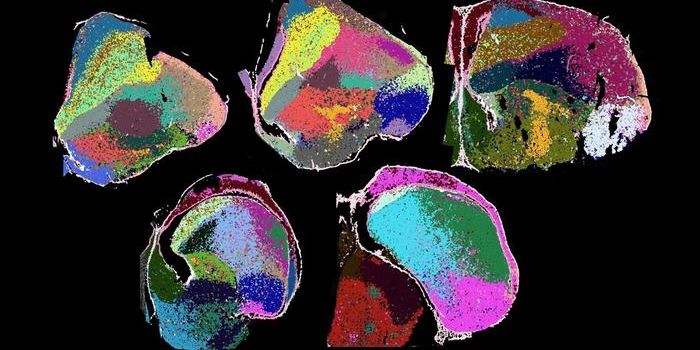Increasing Ear Synapse Density Boosts Hearing in Mice

Neurotrophin-3 (Ntf3) belongs to a group of protein growth factors called neurotrophins that play a key role in the development and maintenance of the central, peripheral, autonomic, and enteric nervous systems. In previous work, the researchers behind the present study used Ntf3 to regenerate synapses lost from noise exposure in young mice, and to improve hearing in middle-aged mice that had started to show signs of age-related hearing loss.
“We knew that providing Ntf3 to the inner ear in young mice increased the number of synapses between inner hair cells and auditory neurons, but we did not know what having more synapses would do to hearing,” said lead author of the study, Gabriel Corfas, Ph.D., Director of the Kresge Institute at the University of Michigan, in a press release.
For the current study, the researchers conducted an experiment using two groups of mice. They altered the expression of Ntf3 to either increase or decrease the number of synapses between inner hair cells and neurons. Inner hair cells are found inside the cochlea. They convert sound waves into signals that are sent via synapses to the brain.
Both groups of mice underwent a Gap-Prepulse Inhibition test to assess their ability to detect brief auditory stimuli. Ultimately, the researchers found that mice with higher synapse density could process a higher amount of auditory information than those with lower synapse density.
“We were surprised to find that when we increased the number of synapses, the brain was able to process the extra auditory information. And those subjects performed better than the control mice in the behavioral test,” said Corfas.
“We now show that animals with extra inner ear synapses have normal thresholds- what an audiologist would define as normal hearing- but they can process the auditory information in supranormal ways," he added.
It was previously thought that hair cell loss was the primary cause of hearing loss in humans as they age. Now, however, it appears that loss of inner hair cell synapses may initiate hearing loss, meaning that therapies that preserve, regenerate, or increase synapses may hold promise for treating some hearing disorders in the future.
Sources: Neuroscience News, PLOS Biology








